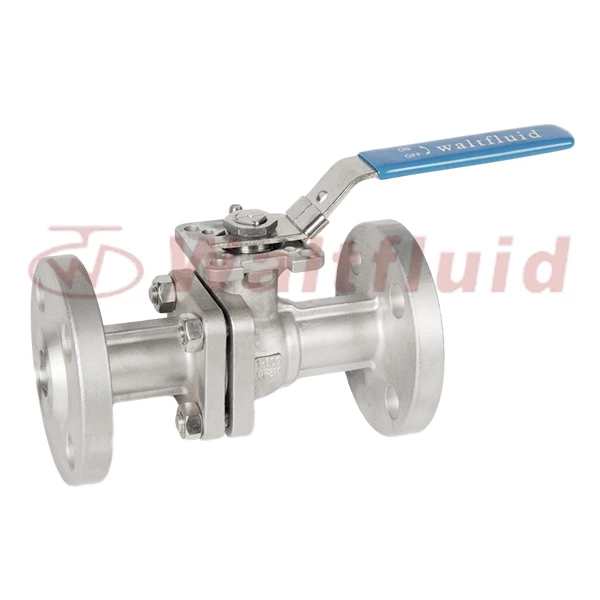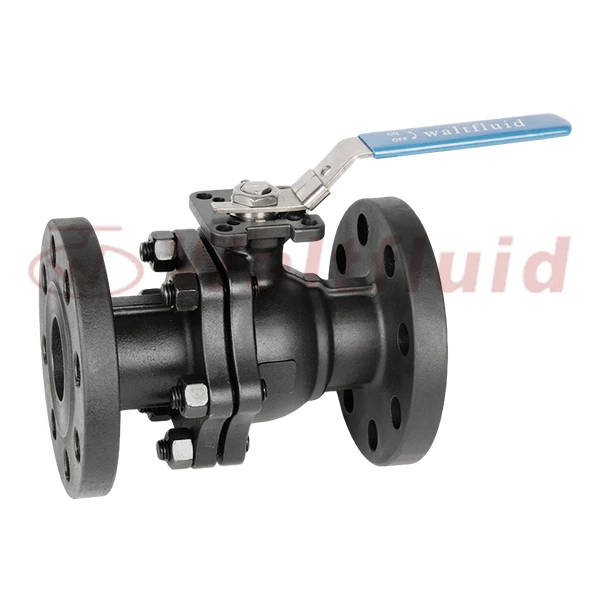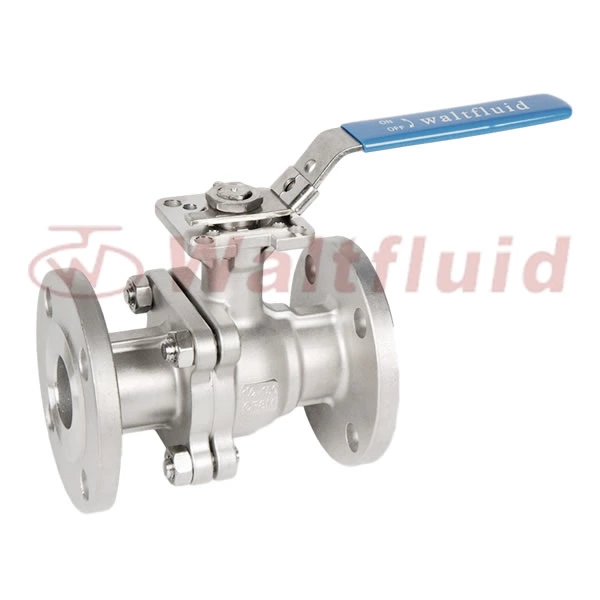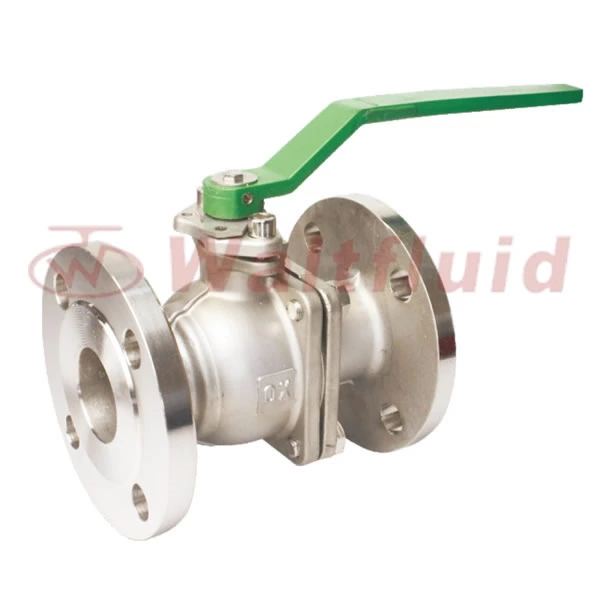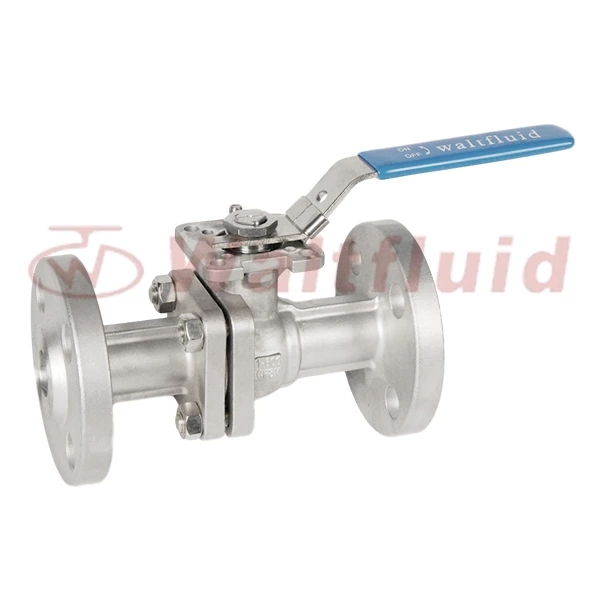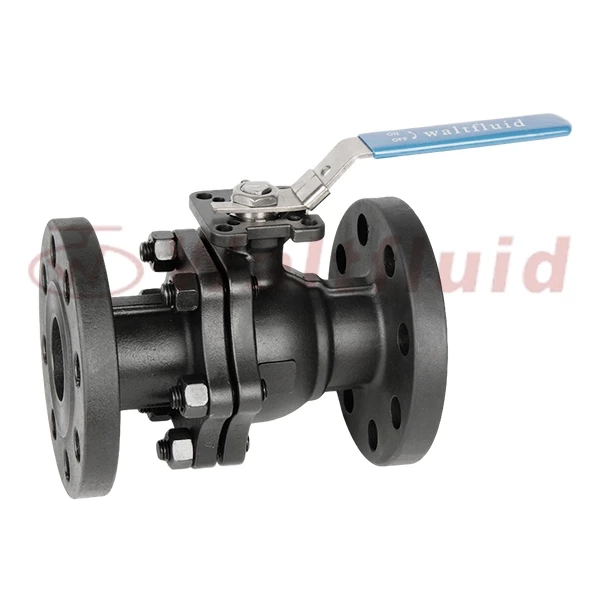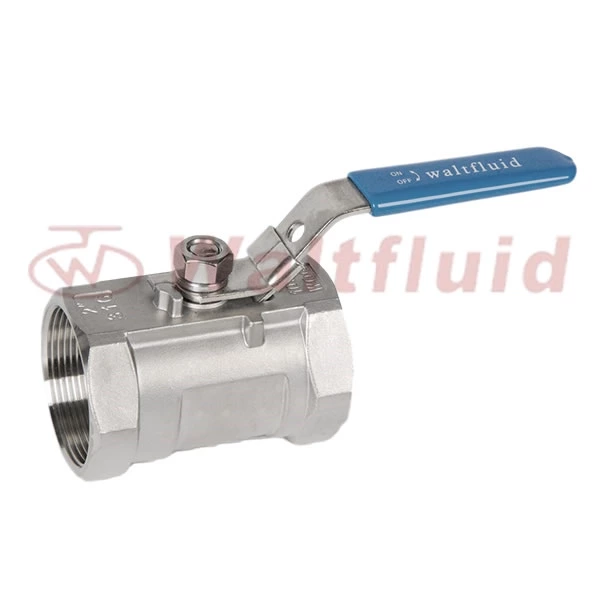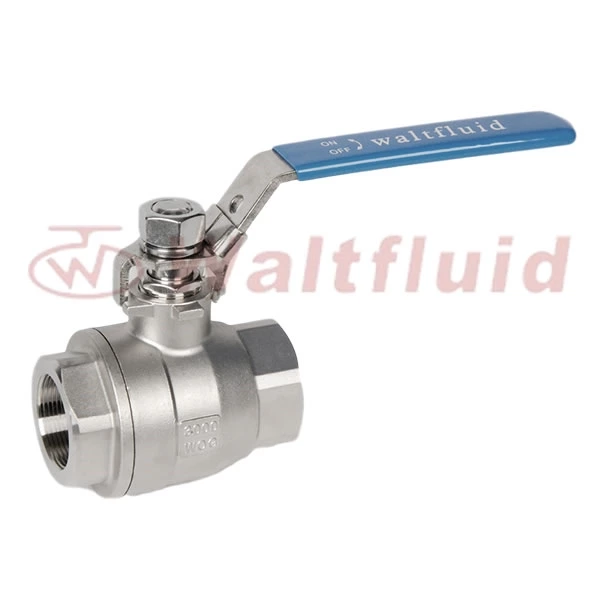Structural Form Of Stainless Steel Ball Valve
The stainless steel ball valve is composed of valve body, ball, valve seat, valve stem, bracket, pneumatic drive device and other parts. The sealing ring of the stainless steel ball valve adopts a combination of soft and hard laminated metal sheets, which has the dual advantages of metal hard seal and elastic seal. The ash-unloading special ball valve with automatic compensation device has very good sealing performance. The structural form of stainless steel ball valve is summarized by Ruitong stainless steel ball valve manufacturer.
Structural form of stainless steel ball valve
(1) Piece Ball Valve adopts a fixed ball (shaft support) structure. In order to reduce the operating torque of the ball valve and enhance the reliability of the seal, and avoid the displacement of the ball after being compressed, this ball valve adopts a fixed ball structure. This structural form maximizes the flexibility of valve opening and closing, accurate positioning, and is not affected by the size of the medium pressure.
(2) Sealing form of stainless steel ball valve: It adopts a combination of soft and hard laminated metal sheets, which has the dual advantages of metal hard seal and elastic seal. The ash-unloading special ball valve with automatic compensation device has very good sealing performance. The valve seat and valve body are cylinder-type structures, which can maximize the integrity of the contact between the sealing surface and the spherical surface, thereby ensuring the life of the seal; the compensation device squeezes the sealing valve seat onto the spherical surface in the case of normal wear of the seal, compensating for the sealing gap caused by wear and extending the service life of the sealing surface.
(3) Stainless steel ball valve drive form: single-cylinder double-acting cylinder connected to the special actuator, avoiding dead angles in the pushing movement, and the large torque generated by the large-diameter cylinder ensures the rapid opening and closing of the valve and accurate positioning. Under the premise that the air source pressure meets 0.4Mpa~0.6Mpa, the valve can be opened and closed within 5~8 seconds, achieving flexible and rapid switching.
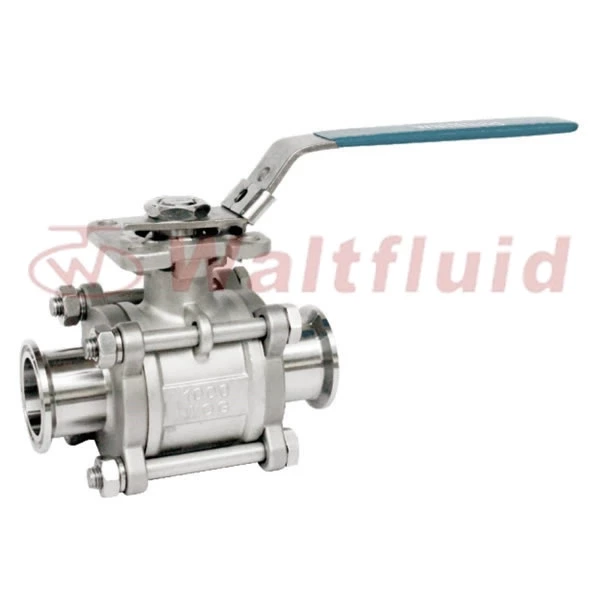
 English
English 中文
中文 Pусский
Pусский  Español
Español
